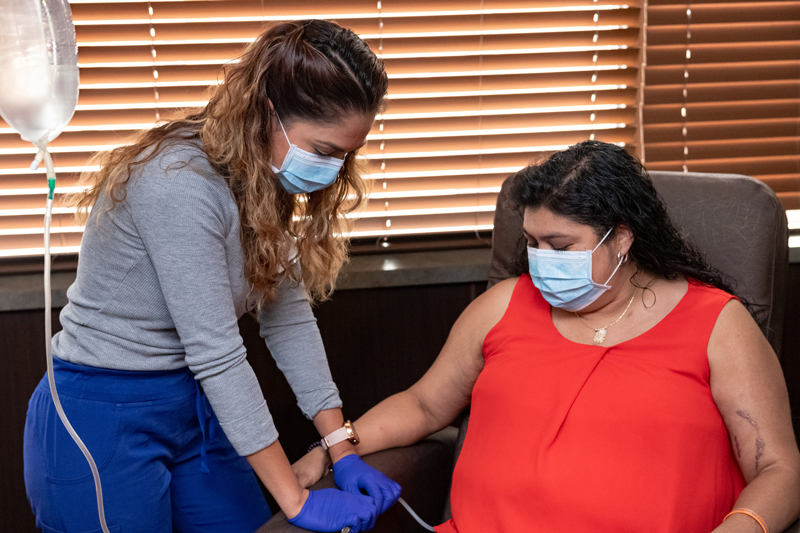The kidney is a significant anatomical structure that performs many jobs that help sustain life. This fist-sized organ can be found in the abdominal cavity in the front of the base pair of ribs and is also well known because of its function in filtering waste and water out of the blood. You can find the best renal abscess treatment at https://www.texaskidneycare.com/services/kidney-transplant-care/.
The important nature of filtration is attested from the fact that most people have two kidneys that are capable of expanding to compensate for a decline in the operation of the kidney. The signs and symptoms related to the varied responsibilities of these kidneys are becoming more about lately due to the spike in fresh end-stage renal disorder cases secondary to diabetes and higher blood pressure.

As demand for renal care proceeds, it's extremely important for health staff to educate the general public about the health effects of degenerative disease as well as the measures which may be taken to reduce the potential of damaging the kidneys.
If the kidneys become damaged, they frequently lose the capacity to eliminate potentially harmful particles in the body. This permits waste and water to collect in the human body and triggers uncomfortable symptoms that frequently require dialysis therapy.
An abnormally large degree of waste and water within the body is known as uremia and is frequently associated with swelling of the face, palms, and toes; itchy and dry skin; irregular changes in urine production; an ammonia odor to the breath; a consistent metallic taste in the mouth; muscular cramps; tiredness; nausea; constipation; and a number of different issues.